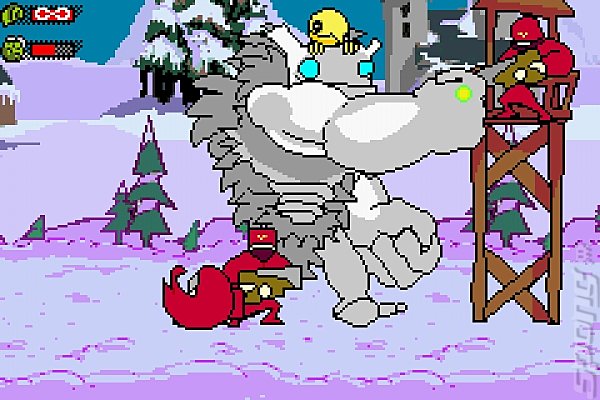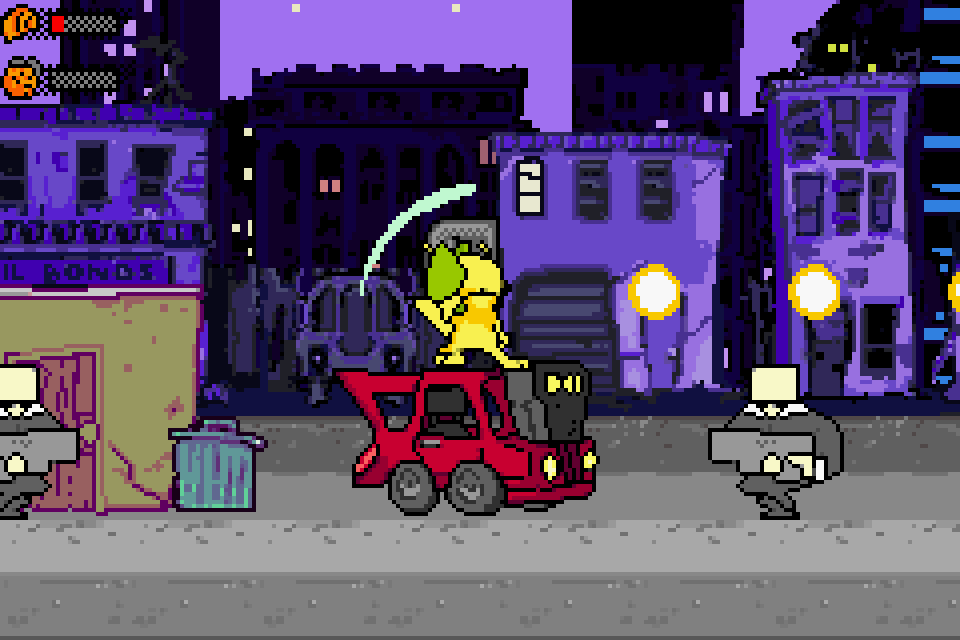

Unlike the previous Game Boy Advance models, Game Boy Micro is unable to support Game Boy and Game Boy Color titles. Nintendo also hoped that this "fashion" feature will help target audiences outside of typical video game players, much like its new Wii. The Game Boy Micro also allows the user an ability to switch between several colored faceplates to allow customization, a feature which Nintendo advertised heavily around the Game Boy Micro's launch.

This model, dubbed the Game Boy Micro, is similar in style to the original Game Boy Advance's horizontal orientation, but is much smaller and sleeker. In September 2005, Nintendo released a second redesign of the Game Boy Advance.

The switch that controls the light now toggles between "normal" (which itself is already brighter than the original Game Boy Advance SP's screen), and "bright," an intense brightness level similar to an LCD television set. The Game Boy Advance SP also came with a new and much brighter LCD screen for improved playability.Īround the same time as the release of the Game Boy Micro, Nintendo released a new backlit version of the SP in North America (commonly referred to as the "GBA SP+"). It was designed to address some common complaints with the original Game Boy Advance which was criticized for being very uncomfortable. In early 2003, Nintendo upgraded the Gameboy Advance to the Gameboy Advance SPgiving it an internal front-light that can be turned on or off, a rechargeable lithium ion battery, as well as a folding case approximately half the original size. Most such developers use a version of the GNU Compiler Collection (gcc) and program in either C or C++, though recently some developers have started using Free Pascal. This is typically tested using emulators, and later written to flash cartridges to run on real consoles. Many people have developed their own software to run on the Game Boy Advance. Backward compatibility for Game Boy and Game Boy Color games is provided by an 8.4 MHz Z80 co-processor, while a link port at the top of the unit allows it to be connected to other devices via use of a Nintendo Game Link cable or GameCube cable. Through the use of flash cartridges and emulators the Game Boy Advance can even play NES and TurboGrafx-16 games, as well as AGI-based Sierra On-Line PC adventure games. It has also become a popular system for old-school gamers due to the increasing amount of games ported from various 8-bit and 16-bit systems of the previous era. The Game Boy Advance not only has one's typical platformers, but also a huge collection of SNES-style RPGs. With hardware superior to the Super NES it has proven that sprite-based technology could improve and live side by side with the 3D games of today's consoles. The Game Boy Advance has become the modern flagship of sprite-based games. As of September 30, 2007, the Game Boy Advance series has sold 80.48 million units worldwide, of which 42.82 million are Game Boy Advance SP units. On December 1, 2006, Nintendo of America released launch-to-date information indicating that the Game Boy Advance series had sold 33.63 million units in the United States.


 0 kommentar(er)
0 kommentar(er)
